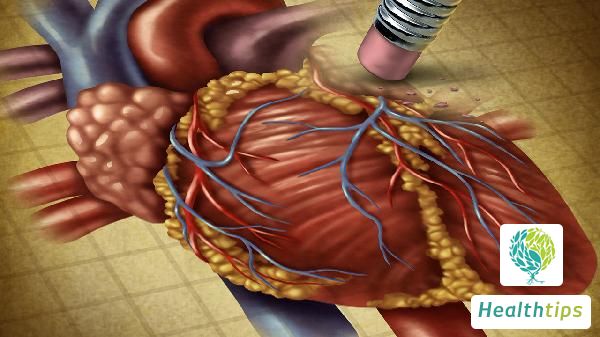What Are the Hazards of Hepatitis?
Although the liver is an organ without pain nerves, the occurrence of diseases can still lead to symptoms such as fatigue and loss of appetite. In the case of viral hepatitis, it can also be contagious. Currently, there is no cure for chronic hepatitis, but medication can prevent liver fibrosis and even cirrhosis. Therefore, hepatitis should not be overlooked to avoid liver damage. Hepatitis is a general term for liver inflammation, which is usually caused by various pathogenic factors such as viruses, bacteria, parasites, chemical toxins, drugs, alcohol, and autoimmune factors. These factors can damage liver cells, impair liver function, and cause a series of uncomfortable symptoms as well as abnormal liver function indicators. Although hepatitis has similar clinical manifestations due to different causes, there are often significant differences in etiology, serology, injury mechanisms, clinical course and prognosis, extrahepatic damage, diagnosis, and treatment. It is worth noting that the hepatitis we usually refer to in our daily lives mostly refers to viral hepatitis caused by hepatitis viruses such as type A, B, and C.




















